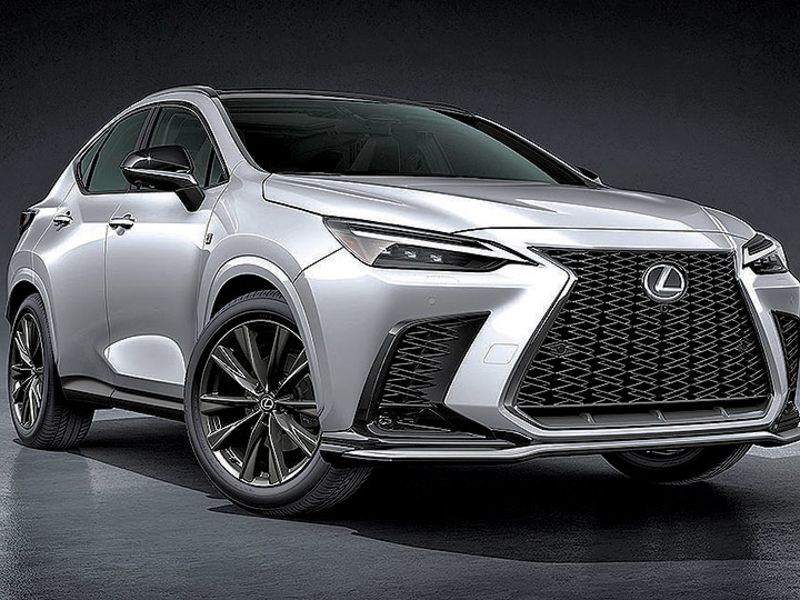
TOKYO — When Toyota improves the fuel economy of its future hybrid vehicles, it won’t be simply with updates to their batteries and motors — it will also be through advanced software and connectivity.
Toyota has made a breakthrough in a predictive efficiency function that helps optimize the switching back and forth between gasoline-electric hybrid driving and full-electric drive mode.
The new technology will debut in the plug-in hybrid version of the next-generation Lexus NX crossover that arrives this year. Toyota calls the system Predictive Efficient Drive.
The innovation paves the way for a more-sophisticated geofencing technology the automaker is developing to eke further gains by automatically turning hybrid mode on and off.
But getting there requires Toyota to put more software engineers on the job, says Chief Product Integration Officer Keiji Yamamoto. He outlined plans to boost the number of software engineers across the Toyota Group, ramp up the launch of a new automotive operating system and deploy over-the-air update capability across the company’s lineup to improve safety, service and usability.
Toyota wants to have about 3,000 people working in software development internally and at its technology subsidiaries Woven Planet and Toyota Connected. And throughout the entire Toyota Group, including affiliated suppliers such as Denso and Aisin, it targets 18,000 software workers. That’s up from today’s totals of 1,500 and 11,000 people, respectively.
Meanwhile, the second-generation Lexus NX will further Toyota’s rollout of OTA updates, an approach pioneered by the likes of Tesla and premium brands.
Toyota introduced its first cars with comprehensive OTA update ability just this year, the Lexus LS500h and Mirai fuel cell sedan.
In the Lexus NX, new OTA technology will be able to update everything from the main multimedia system to software for the gauges and display indicators and software to improve advanced safety equipment — all without the customer having to visit the dealership.
To help the plug-in hybrid version deliver better gas mileage, the NX gets the new predictive drive function. It leverages software and connectivity to learn a person’s driving habits, predict the road ahead, analyze real-time traffic and optimize the charging and discharging of the car’s battery.
Toyota declined to say by exactly how much the feature can improve fuel economy.
The NX’s system previews a geofencing technology that Toyota is developing to help maximize the efficiency of the company’s hybrid and plug-in hybrid vehicles, Yamamoto said.
The idea is to predict and track when a car will enter certain road environments, such as city centers with zero-emissions regulations, where battery-drive should be prioritized. The cars will sense this through the on-board connectivity systems and automatically switch on the electric mode for a greener drive.
“The geofence technology is a kind of navigation technology that uses the cloud,” Yamamoto said. “We will commercialize it in the near future.”

